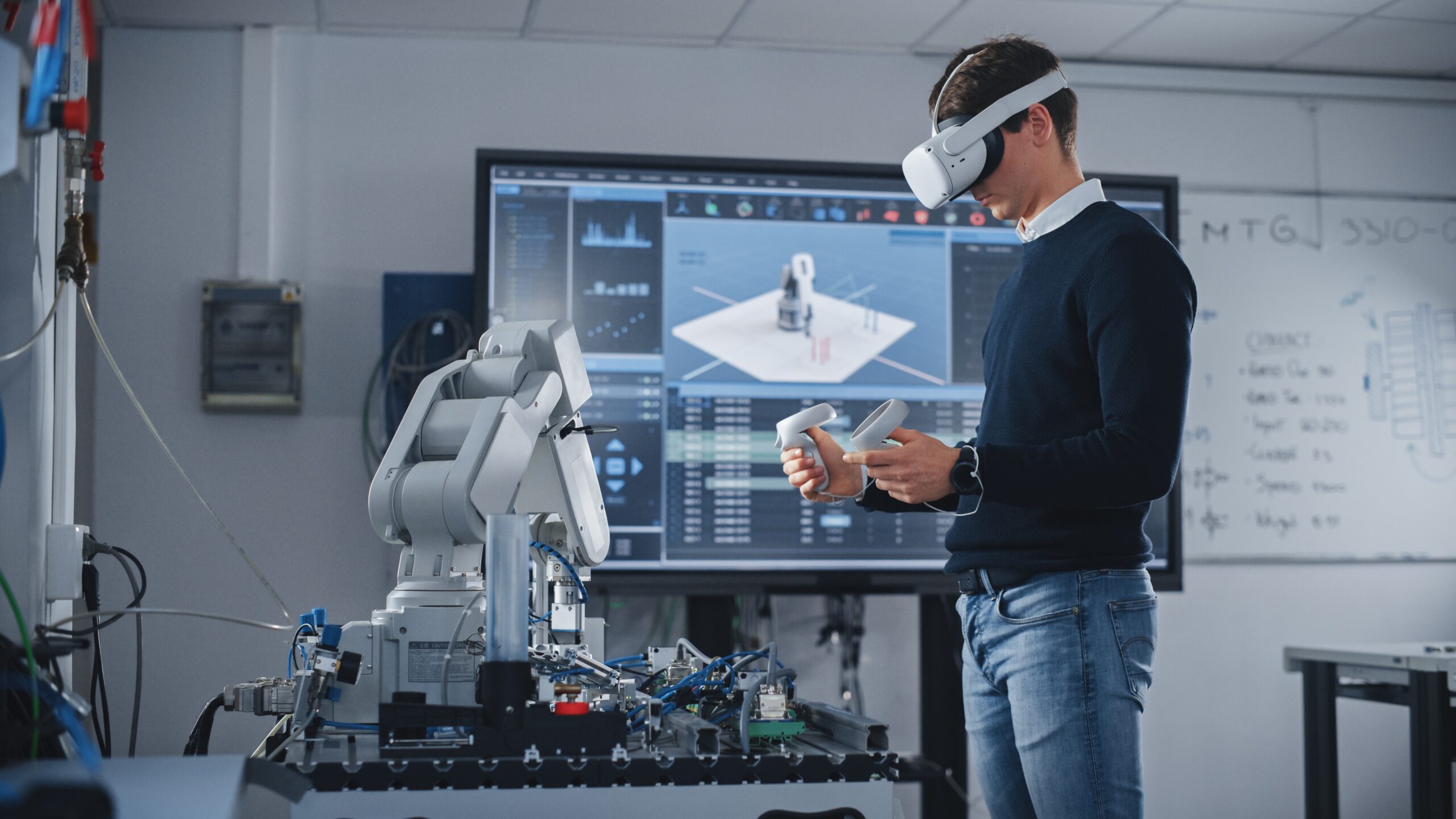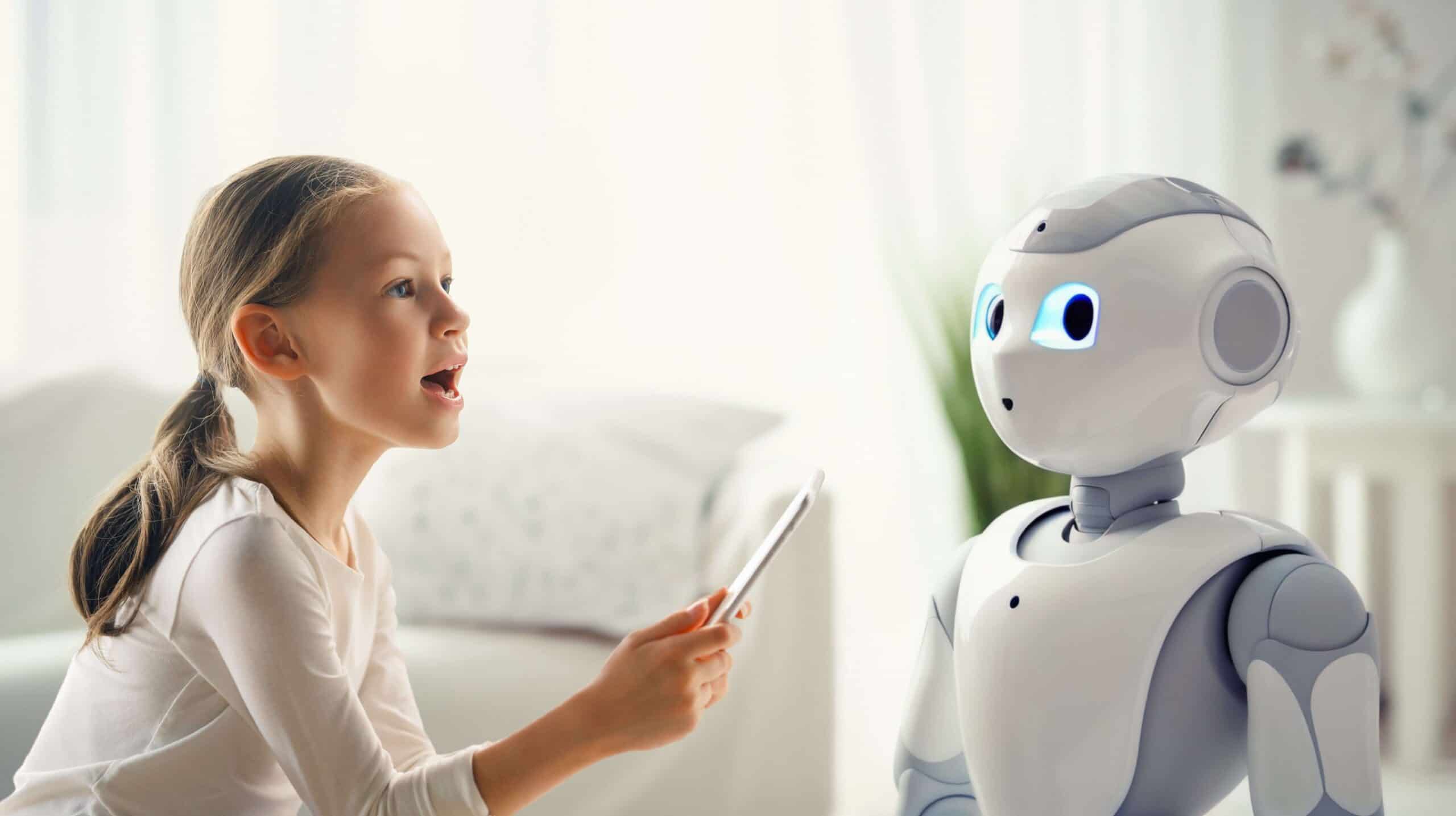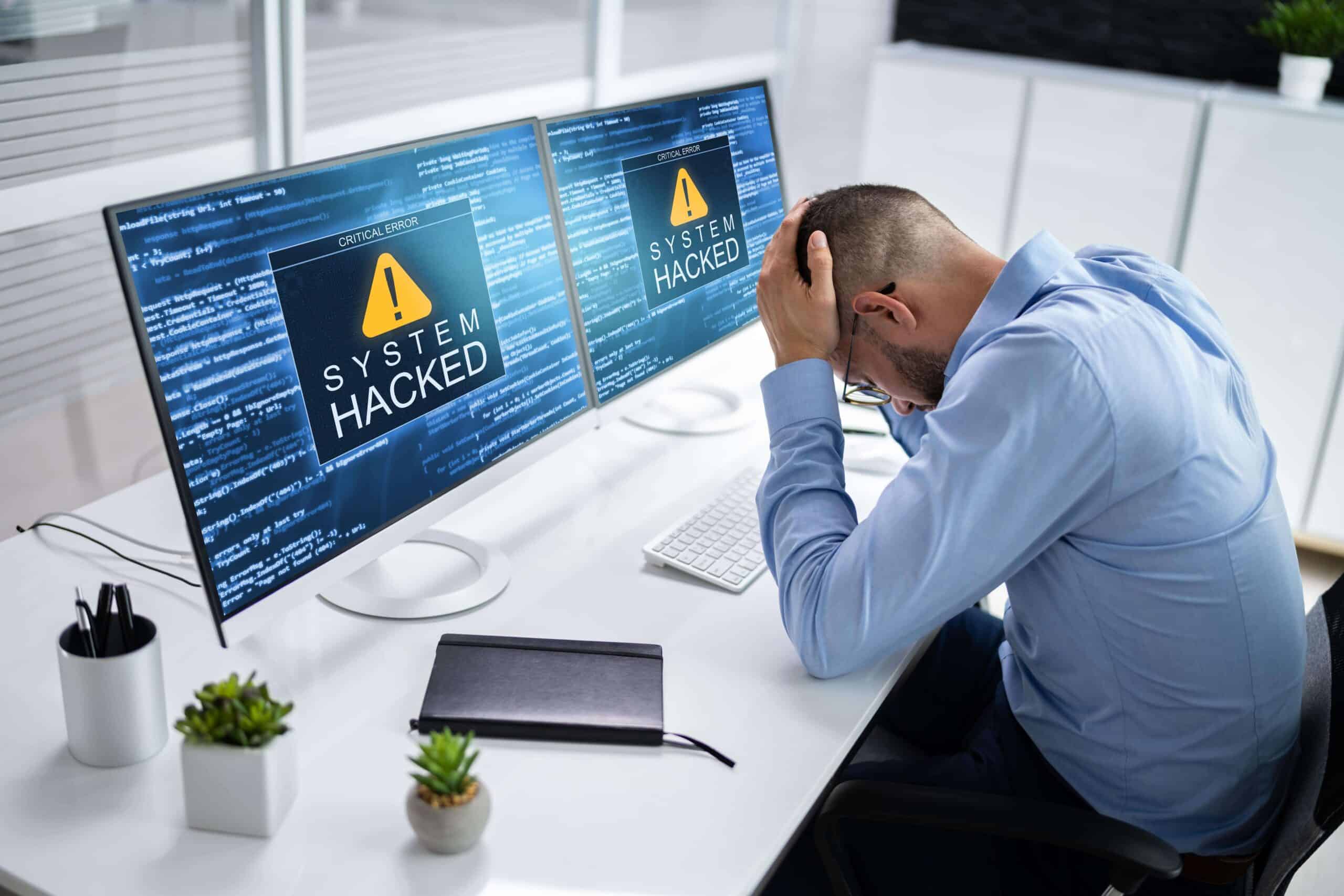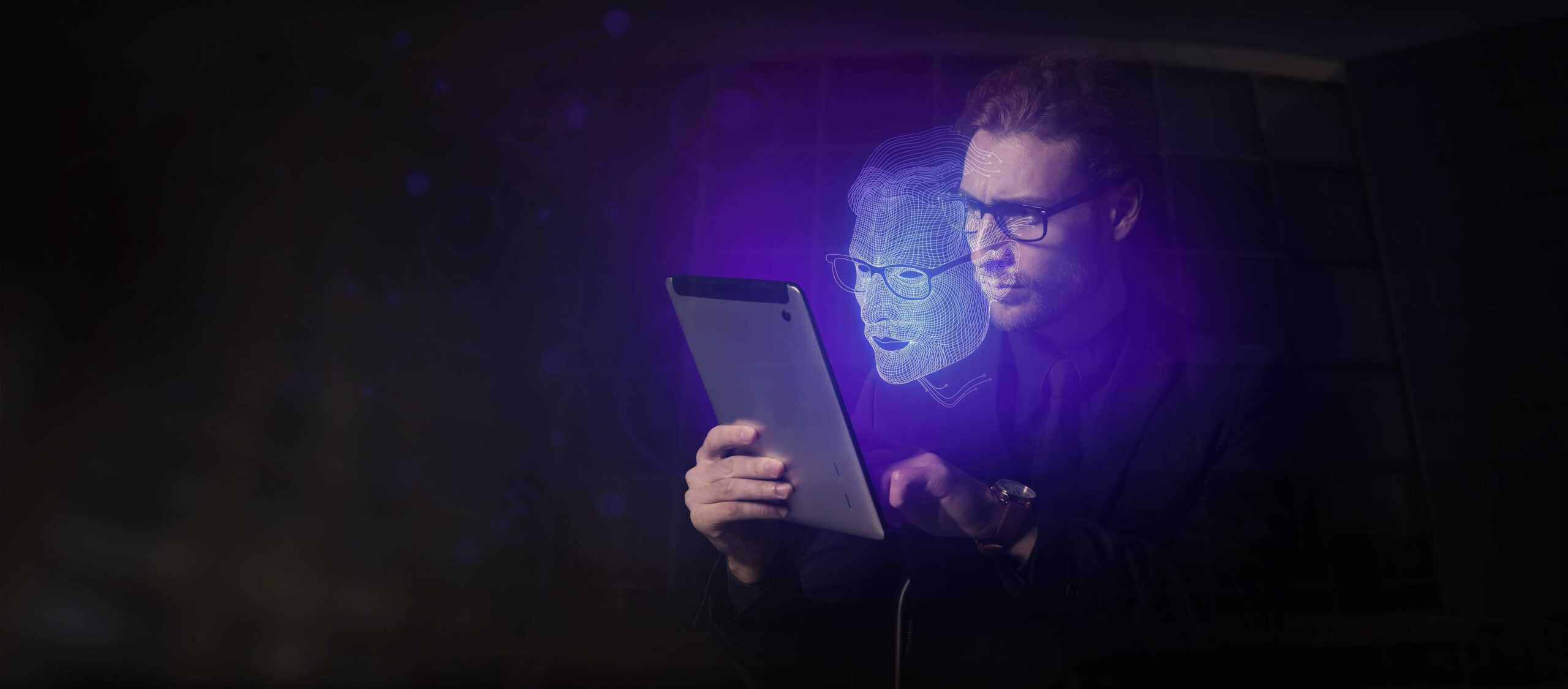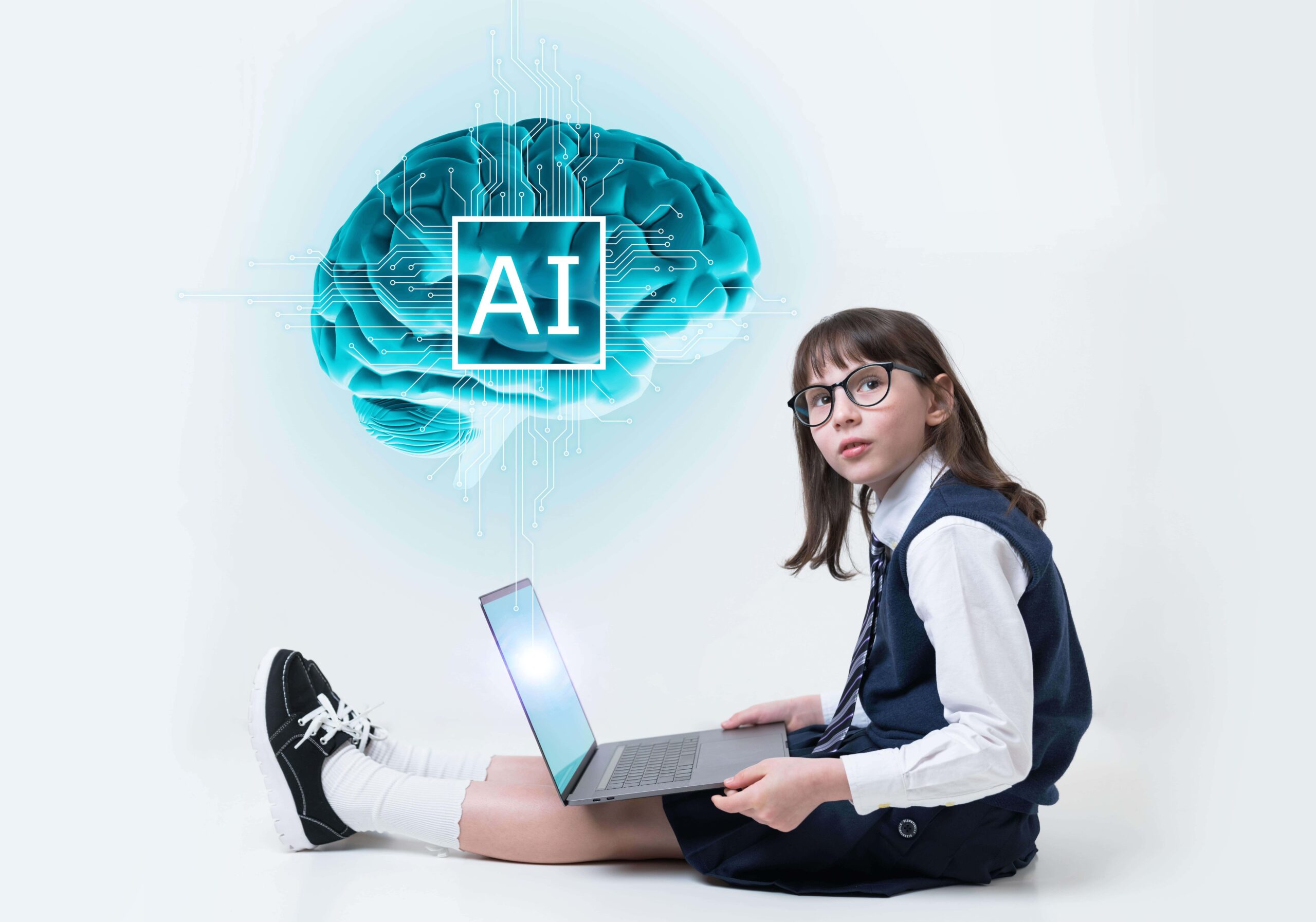The recession will possibly be the most severe the world has ever experienced. What does this mean for the future of secondary education and what can we do to weather the storm?
Since COVID-19 was first discovered in December 2019 in Wuhan, China, it has spread rapidly across the globe. Once the WHO declared it a pandemic, many countries went into lockdown to curb the spread of the virus. While lockdowns have been fairly effective in reducing the number of infections, they have also put tremendous pressure on the world’s economy. Millions of people lost their jobs, thousands of businesses have closed for good, and entire industries have been devastated. The resulting recession will possibly be the most severe the world has ever experienced. So, what does that mean for the future of secondary education? Is there anything we can do to turn the tide?
The impact of the pandemic and learning from previous crises
The pandemic is expected to cause students to suffer many months of learning loss. Education researchers say early data shows millions of students are falling victim to gaps in understanding and skill knowledge that will prevent academic progress. This situation is expected to predominantly affect students from disadvantaged communities – leading to an even more pronounced knowledge and achievement gap. “We found that the learning loss experience was quite pervasive, that almost all students were negatively impacted by the pandemic and pivot to remote learning,” says Margaret Raymond, director of the Centre for Research on Education Outcomes at Stanford University.
Previous recessions have shown that during times of crisis, the demand for college education tends to grow. This is a direct result of large numbers of people losing their jobs and trying to improve their chances at finding alternative employment. The number of college enrolments, for instance, increased from 15.6 million in 2007 to 18.1 million in 2010, representing a 16 per cent increase. Simultaneously, funding for education dropped significantly. In fact, according to the State Higher Education Finance (SHEF) Report, to this very day, higher education funding has remained below pre-recession. This resulted in public institutions increasing their tuition fees by 19 per cent between 2006 and 2012, which led to many students having to take out loans. In fact, student loans reached a devastating $132 billion in 2010. Even more devastating is the fact that many of these students never managed to complete their degrees as many went back to work once the economy started recovering. A similar scenario is forecasted to unfold after the pandemic subsides, with funding for higher education expected to decline worldwide, leading to a vicious cycle of ever increasing challenges in education.
Structural changes in secondary education
The pandemic has brought new and unprecedented challenges that are bound to accelerate long-term structural changes in the secondary education sector, such as a widespread transition to digital learning. Even before COVID-19, adoption of education technology – including virtual tutoring, video conferencing tools, language apps, and online learning software – saw significant increases. As a direct result of the pandemic, however, it is expected that online education will become an increasingly critical part of schooling going forward, with many successful transitions already taking place at universities and other educational institutions across the world. In fact, global edtech investments reached $18.66 billion in 2019, and the overall market for online education is expected to reach a whopping $350 billion by 2025.
Hybrid education formats, blended learning, accelerated programs, and part-time options will become more prominent features of secondary education, which will force institutions to rethink their models and introduce “micro-credentials focused on narrow career goals and academic programs that are much more tailored to specific interests.” The pandemic has also given us a valuable opportunity to rethink the whole system from the ground up. Competency-based education, for instance, “which calls for a laser focus on student mastery of learning objectives and student-specific supports and routes to mastery,” has emerged as one of the most promising alternatives to traditional models and has already demonstrated its worth during the pandemic.
Visions for the future of secondary education
According to Dr. Wei Cui, co-founder and chief scientist of Squirrel AI Learning, a China-based AI company that has developed the country’s first AI-powered adaptive learning engine, AI will have a major impact on the future of education. “Personalised learning is of vital importance to the development of key skills in the future. For now, AI technology can be used to make personalised education a possibility,” he says. “Along with the fast updating of technology, earthshaking changes will take place in professions in the future. The problem with traditional education is that teachers cannot make a prejudgment of existing professions or forthcoming professions. Current education is unlikely to provide training on all future professional skills. Nor can teachers quickly acquire the key skills required by these professions, but AI technology can change all this.” Cui believes that AI technology can revolutionise education by enabling us to personalise it so that it corresponds with each student’s individual needs.
Amir Nathoo, cofounder and CEO of Outschool, believes that the future of education will be informal and diverse, the importance of which has never been more evident. Thanks to the emergence of platforms like Youtube, Wikipedia, Outschool, and the Khan Academy, learning no longer needs to be limited to formal institutions and core curriculum subjects. “Parents who have grown up with the internet have new expectations about what their kids need to learn and how, and they are increasingly turning to new sources of learning for their kids,” says Nathoo.
Richard van Hooijdonk, trendwatcher, futurist, and international keynote speaker is of the opinion that, to adequately prepare students for the world of tomorrow and ensure they have the skills needed to succeed, we need to radically rethink our entire education system. This impending transformation will be driven by emerging tech like artificial intelligence, robotics, and AR/VR. In addition to boosting teacher efficiency, AI and machine learning can ensure that each student receives education that is perfectly tailored to their individual needs and enables them to reach their full potential. According to Van Hooijdonk, educators will also need to emphasise the importance of lifelong learning.
Weathering the storm and surviving the crisis
While recessions can threaten the existence of even the most stable sectors, that doesn’t necessarily have to be the case. In fact, there are various ways to transform or adapt in order to weather the storm and prepare education for the future.
The pandemic has forced many schools to switch to online learning on short notice, leaving them very little time to ensure that the content meets each student’s unique learning needs. As a result, a large number of students, particularly those in disadvantaged and vulnerable groups, have been unable to access the content they need and many will have fallen further behind than they would have during a normal school year. Educators will have to provide students with a safe and supportive learning environment, frequently check in with them and assess their progress. They will also need to determine how much additional support each student requires, how much time they need to review last year’s material, and adjust the curriculum accordingly.
After the pandemic subsides, teachers will likely be required to teach in person as well as virtually. This means that education programs need to be updated and teachers need to be trained in how to manage remote work, organise virtual lessons, and prepare engaging virtual content. With educators under ever increasing pressure to juggle all of these tasks and manage all of these changes, educational institutions will have to pay close attention to the wellbeing of their staff members and implement flexible working practices so that teachers can manage their workloads and establish a healthy work-life balance.
New business models and innovative technologies
With global priorities changing overnight, educational institutions have been forced to adopt new approaches and emerging technologies to overcome the disruptions caused by the pandemic and ensure the continuity of education for all students.
Pico Interactive and VictoryXR, two companies that specialise in VR content, recently joined forces to develop an innovative remote learning solution to “help students learn by doing as well as hearing and seeing through VR.” The solution features various lessons that cover a wide range of topics. Newton’s House of Forces, for instance, allows students to learn about Newton’s Laws and see what the world would look like without them. The Dissection Simulator allows them to dissect a virtual frog, while Rad Robots teaches them how to program a robot and then lets them take their creation for a spin in a virtual environment.
Instasolv is a doubt-solving app that allows students to instantly find solutions to their problems in subjects like math, science, and English. Once a student snaps a photo of a problem, the app uses OCR technology to extract the text from the photo. Then, an AI algorithm compares it to a database of questions and returns the correct answer – all within seconds. “With Instasolv, we want to save them time and effort by providing high-quality solutions to their academic doubts. We believe that students will be able to perform better in their studies only if they have complete clarity of the topics and the Instasolv app is working in the same direction,” says Aditya Singhal, CEO of Instasolv.
Casablanca-based edtech startup KoolSkools has developed an online learning platform that enables schools to “digitise their courses and exercises, create a content bank, and deliver live courses.” The platform also features digital management tools to manage student records, report cards, attendance, payments, and communication with parents. According to the company, the platform is already being used by more than 30 schools, 700 teachers, and 20,000 students across Morocco, with plans to expand internationally in the near future.
A coalition of more than 30 disability and education groups have joined forces to develop a new website to help teachers better serve special needs students. The EducatingAllLearners.org website offers special education teachers access to a curated list of online teaching tools, videos, and lesson plans from reliable sources, as well as advice and tips on how to support students with different types of disabilities. Although it was designed specifically for special education teachers, general education teachers can also use it to find tips on how to help special needs students attending their classes.
The future of secondary education
The education sector is expected to undergo a major tech-driven transformation that will forever change how students learn and teachers teach. Teachers around the world are increasingly turning to immersive technologies like VR and AR to help students improve their learning outcomes. This tech enables students to better understand abstract concepts, makes the learning process more enjoyable, and increases student engagement. Artificial intelligence will also take on an increasingly prominent role in the classroom of the future. AI-powered learning systems will be able to identify each student’s strengths and weaknesses and create personalised learning plans.
Another trend that is set to feature more prominently in the classroom of the future is educational robotics. Besides helping teachers increase student interest in certain subjects and making learning more fun, educational robots can also provide access to school for students who may be unable to attend classes physically. Digital avatars take a student’s place in the classroom, enabling them to participate as though they were actually there.
And while many students tend to view a degree as the end of their educational journey, this couldn’t be further from the truth. The knowledge obtained in school is very valuable, but in this rapidly changing world, it also becomes obsolete rather quickly. Educational institutions need to educate students about lifelong learning and its critical importance in being and remaining competitive – not only once the graduate enters the job market, but well into his or her future career as well.
